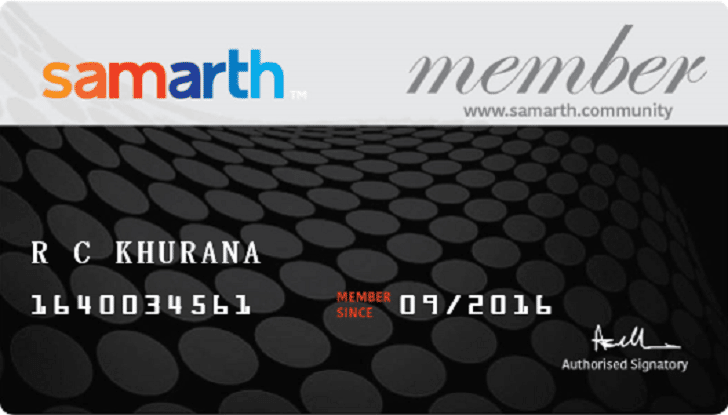As we gracefully age, it’s essential to address the various health concerns that may arise, and one common issue that many seniors face is incontinence. While it might be a sensitive topic, understanding and managing incontinence can significantly improve the quality of life for seniors. In this article, we will explore what incontinence is, why it affects seniors, and offer insights into exercises and products that can aid in managing this common challenge.
Understanding Incontinence:
Incontinence is the loss of bladder or bowel control, and it can manifest in various forms. For seniors, factors such as weakened pelvic muscles, age-related changes, or underlying health conditions can contribute to this issue. It’s crucial to recognize that incontinence is not an inevitable part of ageing, and there are ways to address and manage it effectively.

Join Now >
Types of Incontinence:
- Stress Incontinence: This occurs when pressure on the bladder increases, leading to leakage. Common triggers include coughing, sneezing, or lifting heavy objects.
- Urge Incontinence: Seniors with urge incontinence experience a sudden and intense urge to urinate, often resulting in leakage before reaching the bathroom.
- Overflow Incontinence: This type involves the inability to empty the bladder, causing dribbling or continuous leakage.
- Functional Incontinence: Physical or cognitive impairments, such as arthritis or dementia, can make it difficult for seniors to reach the bathroom in time.
Exercises for Improved Bladder Control:
Incorporating targeted exercises into your routine can strengthen pelvic muscles and contribute to better bladder control. Here are a few exercises recommended for seniors:
- Kegel Exercises: These involve contracting and relaxing the pelvic floor muscles. To perform Kegels, tighten the muscles as if trying to stop the flow of urine, hold for a few seconds, and then release. Repeat this exercise several times throughout the day.
- Pelvic Tilts: Lie on your back with knees bent, and gently tilt your pelvis upward, engaging the abdominal and pelvic floor muscles. Hold for a few seconds and then release. Repeat 10-15 times.
- Bridge Exercises: While lying on your back with knees bent, lift your hips off the ground, creating a straight line from your shoulders to your knees. This helps strengthen the core and pelvic muscles.
- Deep Breathing and Relaxation Techniques: Stress can exacerbate incontinence. Practicing deep breathing and relaxation exercises can help manage stress and reduce the likelihood of leakage.
Make sure you don’t exert yourself and do only the comfortable exercises.
Products to Enhance Comfort and Confidence:
In addition to exercises, various products are available to support seniors managing incontinence:
- Absorbent Undergarments: Modern technology has led to the development of discreet and highly absorbent undergarments designed to provide protection without compromising comfort.
- Bed and Chair Pads: These waterproof pads offer added protection for furniture and bedding, providing peace of mind for seniors dealing with incontinence.
- Portable Commodes: For seniors with mobility challenges, a portable commode can be a convenient solution, allowing easy access to a toilet-like facility in any room.
- Skin Care Products: Maintaining skin health is crucial. Using specialized wipes and creams can prevent irritation and discomfort associated with incontinence.
- Bathroom Modifications: Simple modifications such as installing grab bars or raised toilet seats can make the bathroom more accessible and reduce the risk of accidents.
Seeking Support and Professional Guidance:
For seniors dealing with incontinence, it’s essential to reach out to healthcare professionals. They can provide personalized advice, identify underlying causes, and recommend suitable interventions. Additionally, caregivers play a vital role in offering support, and understanding, and creating an environment that promotes dignity and comfort.
In conclusion, incontinence is a common challenge for many seniors, but it’s not a condition that should dictate one’s lifestyle. By incorporating exercises to strengthen pelvic muscles and utilizing supportive products, seniors can navigate incontinence with grace and maintain their independence. Remember, addressing incontinence openly and seeking professional guidance can lead to effective management strategies, allowing seniors to enjoy their golden years to the fullest.









